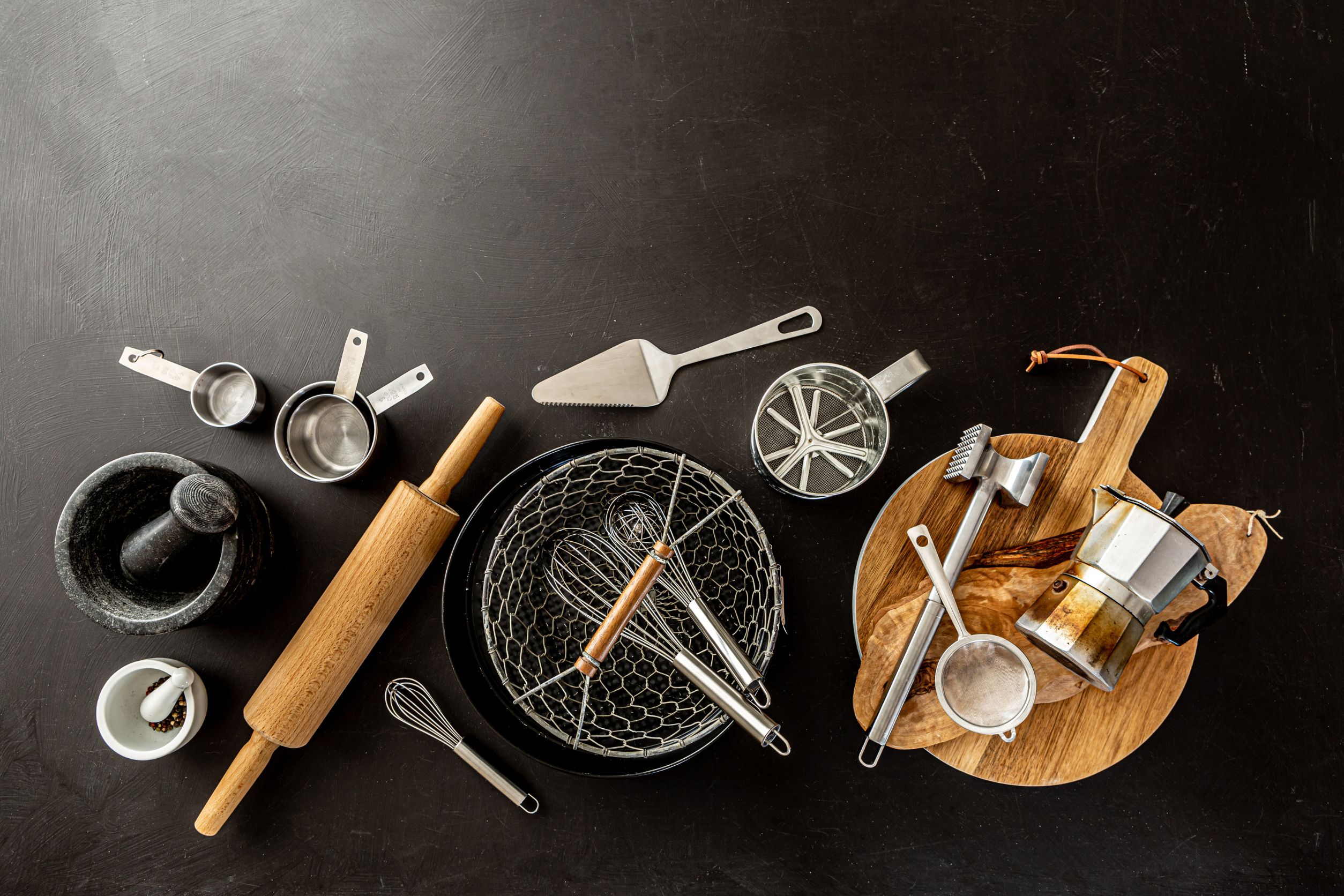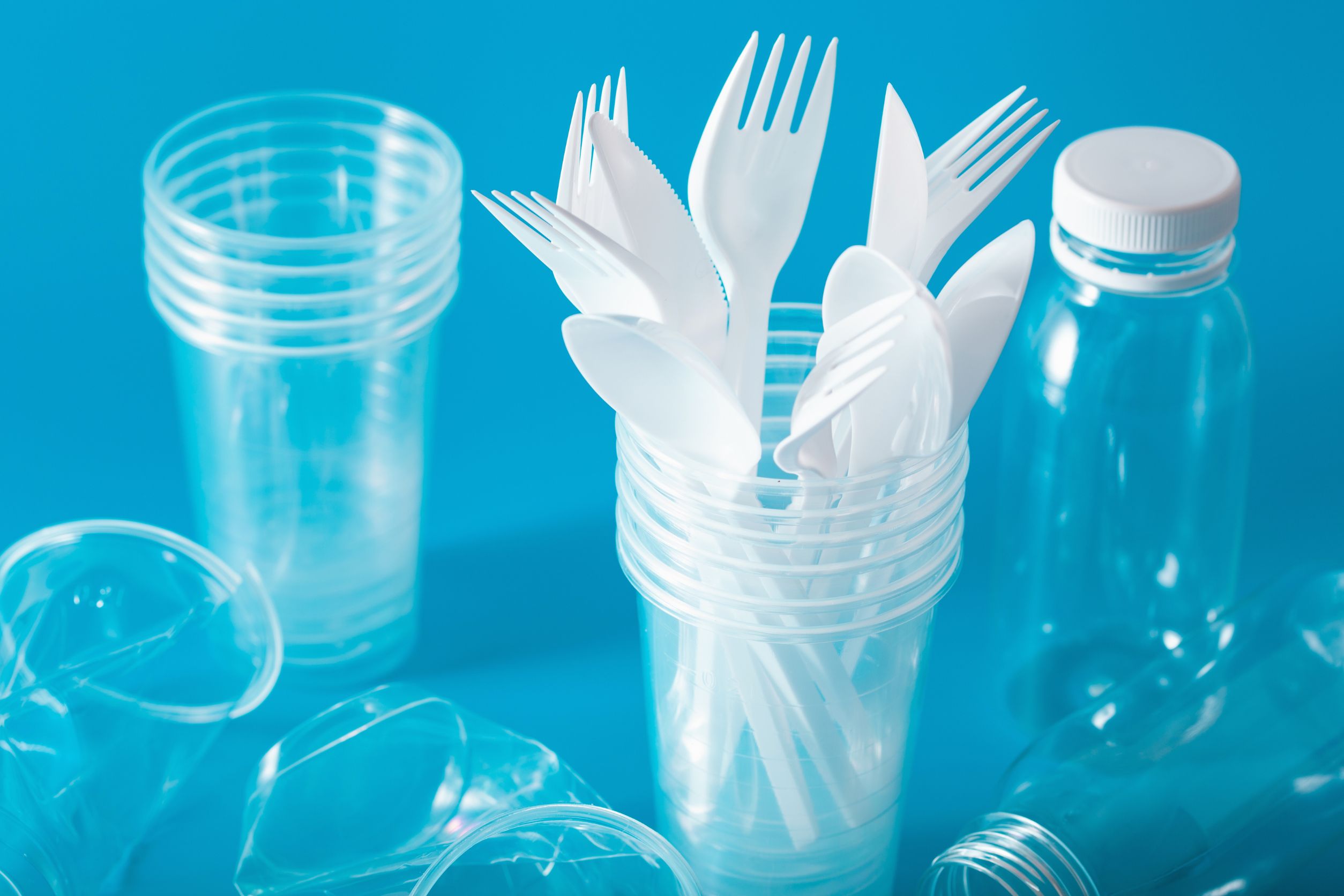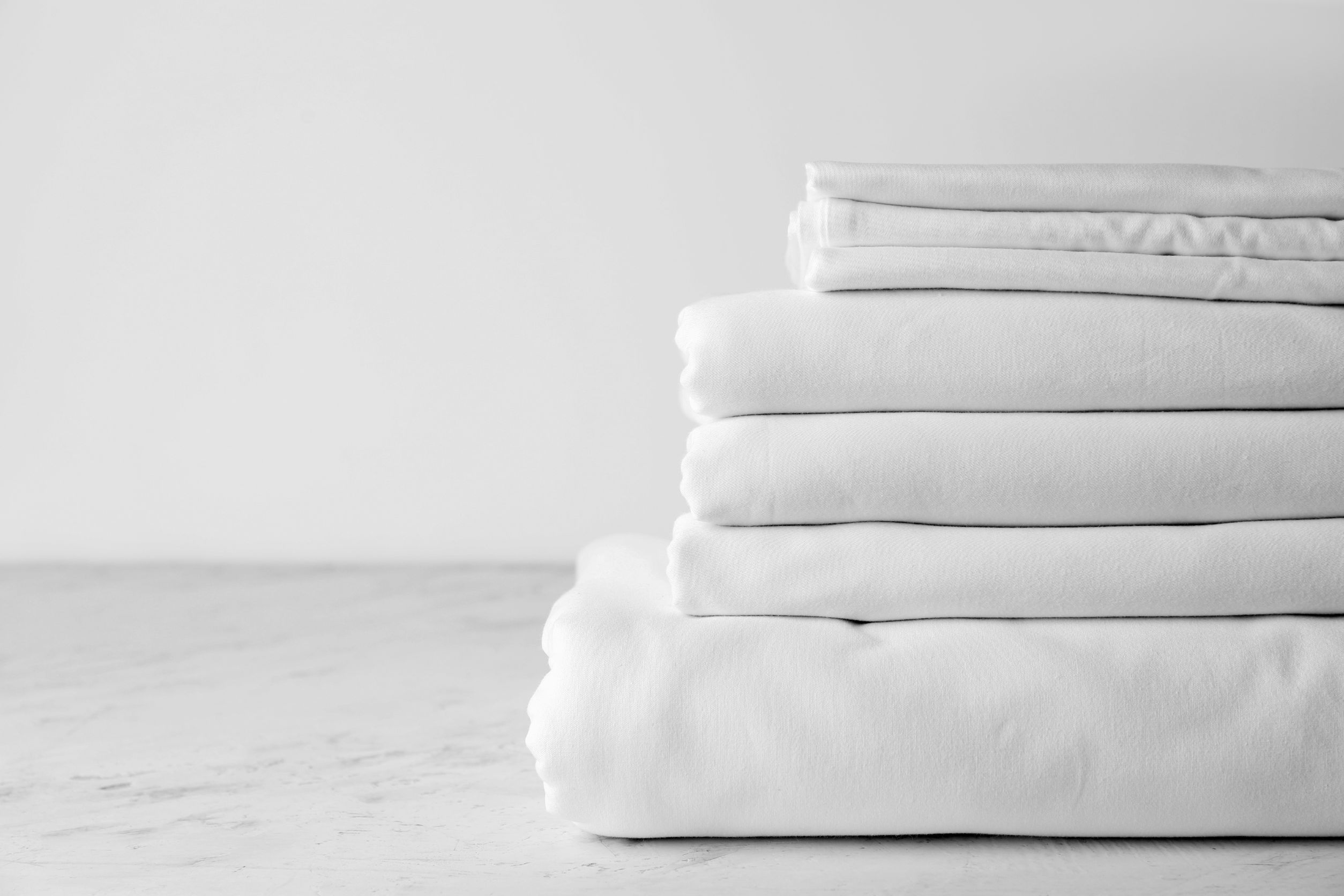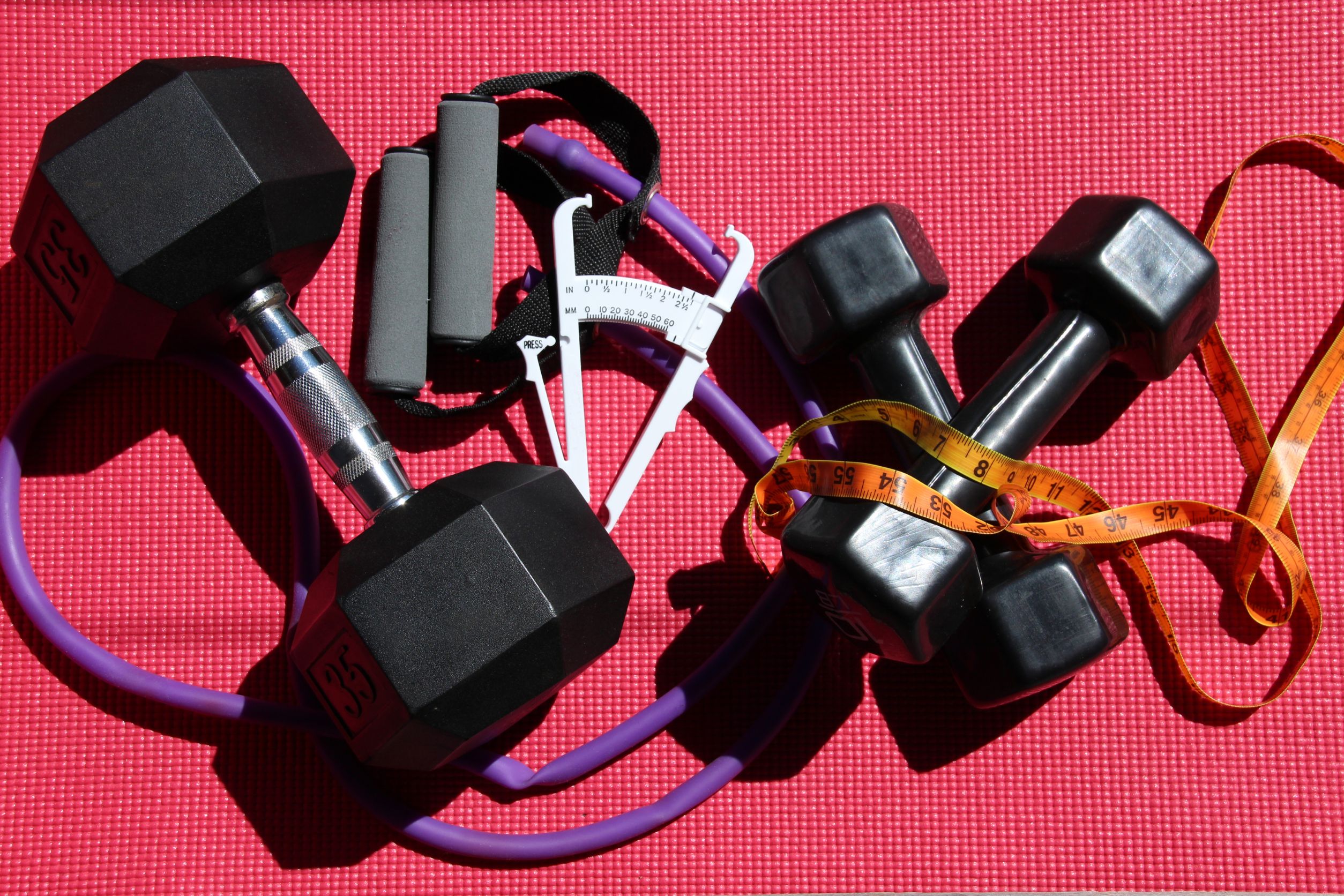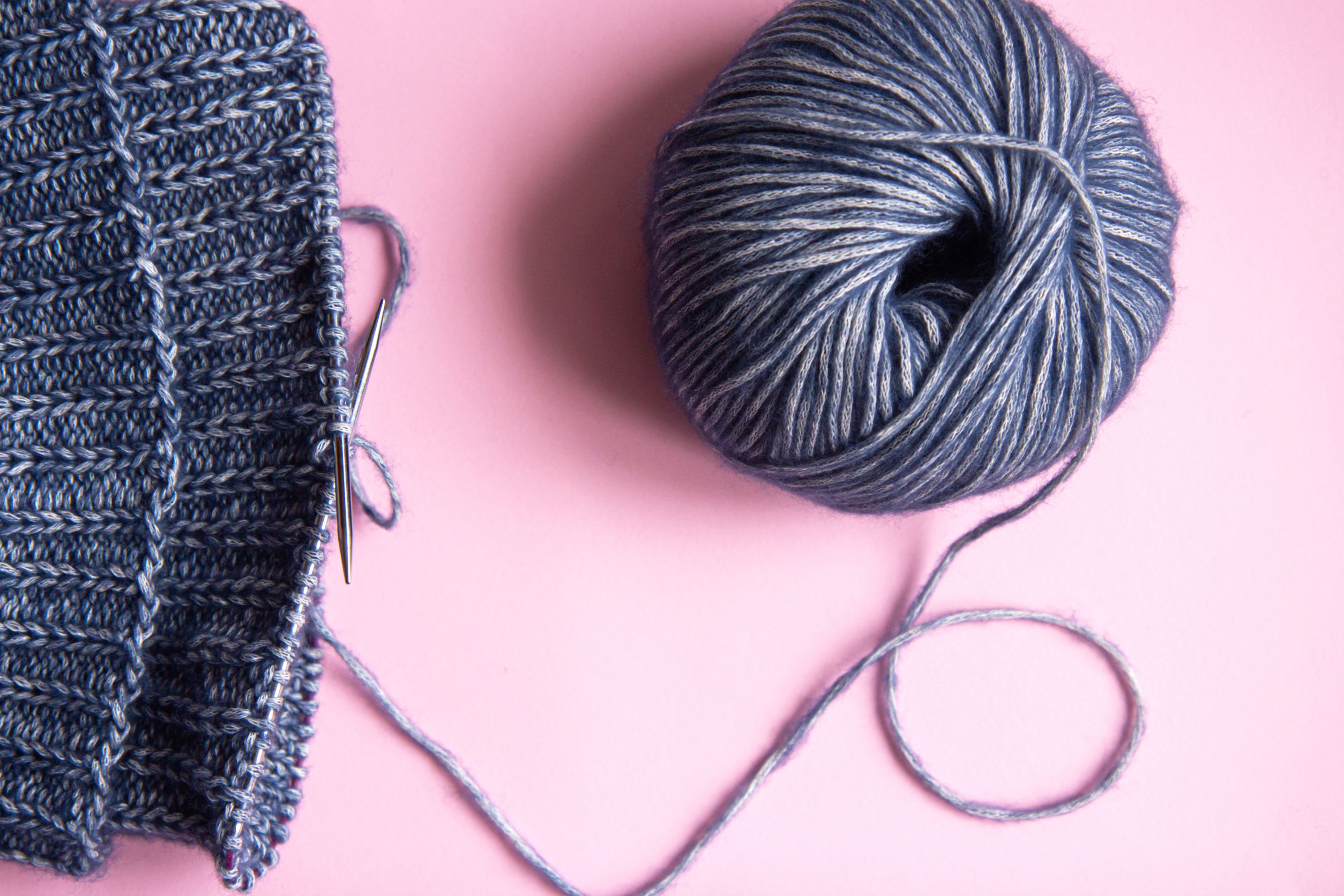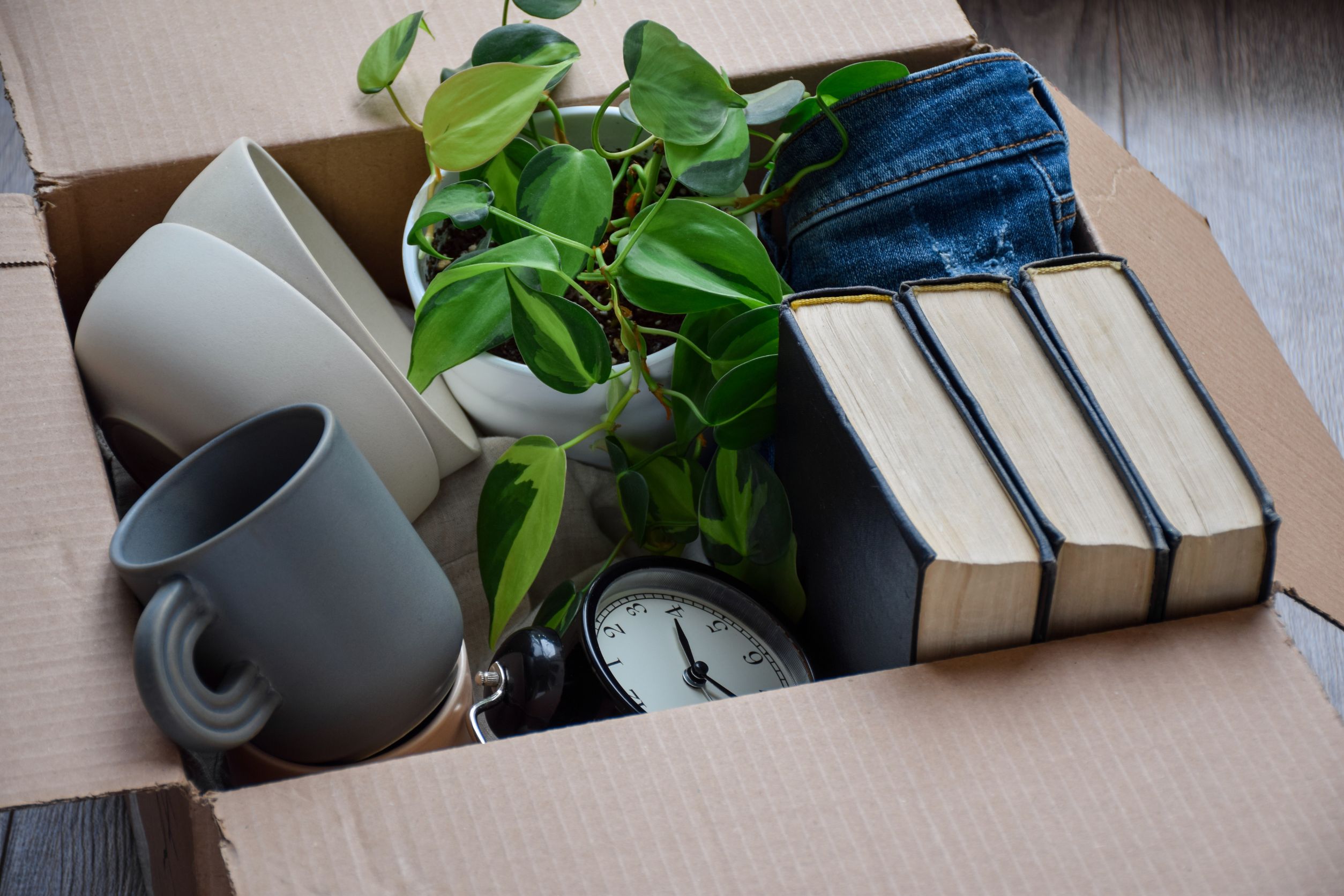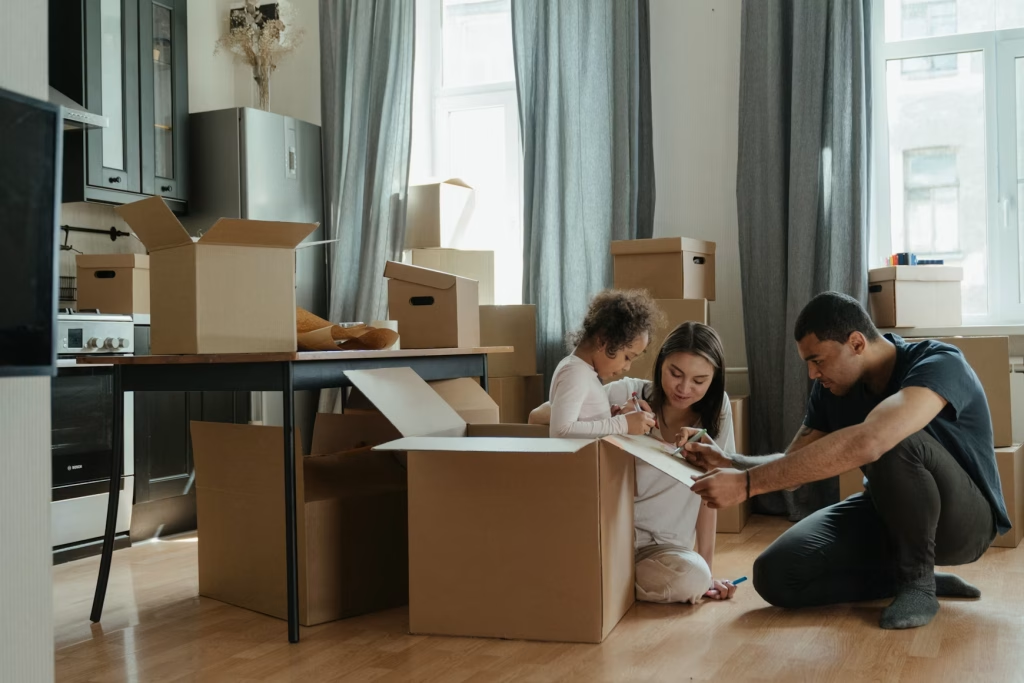
You’re ankle-deep in Lego, snack wrappers lurk under the couch, and dinner is a mystery. When life looks like a tornado hit your living room, it’s tempting to hide in the bathroom and doom-scroll. The good news? Restoring order at home doesn’t require Pinterest perfection—just a few practical shifts, shared effort, and the courage to start small.
1. Triage the Clutter: Hit High-Traffic Zones First
Before you even think about the attic, focus on the rooms you touch every hour—entryway, kitchen, living room. Set a 15-minute timer and tackle:
- Mail & paperwork. Stand over the recycling bin; keep only what truly needs action.
- Floors & surfaces. Sweep Lego into a bin, shoes into a basket, crumbs into the compost.
- Visual calm. Wipe counters and fluff couch pillows for an instant “ahh” effect.
These quick wins lower visual noise, ease decision fatigue, and build momentum for bigger projects later.
2. Repurpose Everyday Items as Organizers
Skip the pricey storage haul. Everything you need is probably already in your cupboards:
- Muffin tins for hair ties, beads, or action-figure accessories.
- Mason jars for crayons, markers, and paintbrushes—bonus: clear glass shows when supplies run low.
- Over-the-door shoe organizer for grab-and-go snacks, hats, or rolled-up T-shirts.
Thinking creatively turns decluttering into a low-stress, eco-friendly game—and saves cash for family adventures instead.
3. Make It a Team Sport
You are the coach, not the cleaning crew. You don’t have to carry all the weight of cleaning on your own shoulders. Get everyone in the game:
- Assign zones. One child handles toy pickup, another manages silverware sorting. If every family member has a clear task, they’ll feel like they’re valuable members of the team! They’ll also see how everyone else is pulling their own weight.
- Race the playlist. See who can finish their chore before three songs end. Gamifying chores can make them fun, especially for the youngest family members!
- Praise effort, not perfection. A half-crooked blanket folded by a six-year-old still deserves a high-five. Positive reinforcement is the key!
Shared chores teach responsibility, nurture self-esteem, and slash resentment that often builds when one adult feels like the lone cleaner.
4. Embrace Simple Meal Planning
Dinner indecision is prime chaos fuel, especially for picky eaters and people who don’t want to be the decision-makers. Keep it realistic:
- Pick three to four dinners for the week—aim for overlap in ingredients to cut prep time.
- Designate one “flex night” for leftovers, breakfast-for-dinner, or affordable takeout.
- Do a Sunday power hour: chop veggies, marinate proteins, batch-cook grains.
Even a loose plan reduces grocery runs, curbs impulse snacking, and leaves evenings free for family downtime.
5. Clean With a Game Plan
Random wiping often leads to mid-task distraction and discouragement. Instead:
- Write three micro-goals (e.g., clear dining table, bag outgrown clothes, vacuum playroom rug).
- Stage supplies—garbage bags, microfiber cloths, donation box—before you start.
- Check boxes as you go. Each tick delivers a dopamine hit that keeps motivation high.
A roadmap prevents overwhelm and turns cleaning into a series of satisfying, bite-sized victories.

Give Yourself—and Your Family—Grace
Order is not about rigid systems or picture-perfect shelves. It’s about cultivating a home where everyone’s nervous system can exhale. A labeled junk drawer, a nightly 20-minute family pickup, or a consistent taco-Tuesday plan—all chip away at chaos and build a foundation of calm. Remember: messes are temporary. The sense of ease you create by tackling them—together—can last.
Got a sanity-saving hack—or a hilarious chaos story—to share? Drop it in the comments; we’d love to learn from you.
Read More
- Parents, Listen Up! 12 Gentle Parenting Fails and the Fixes That’ll Change Your Life
- 12 Childcare Issues That Rich People Never Have to Face

Samantha Warren is a holistic marketing strategist with 8+ years of experience partnering with startups, Fortune 500 companies, and everything in between. With an entrepreneurial mindset, she excels at shaping brand narratives through data-driven, creative content. When she’s not working, Samantha loves to travel and draws inspiration from her trips to Thailand, Spain, Costa Rica, and beyond.





